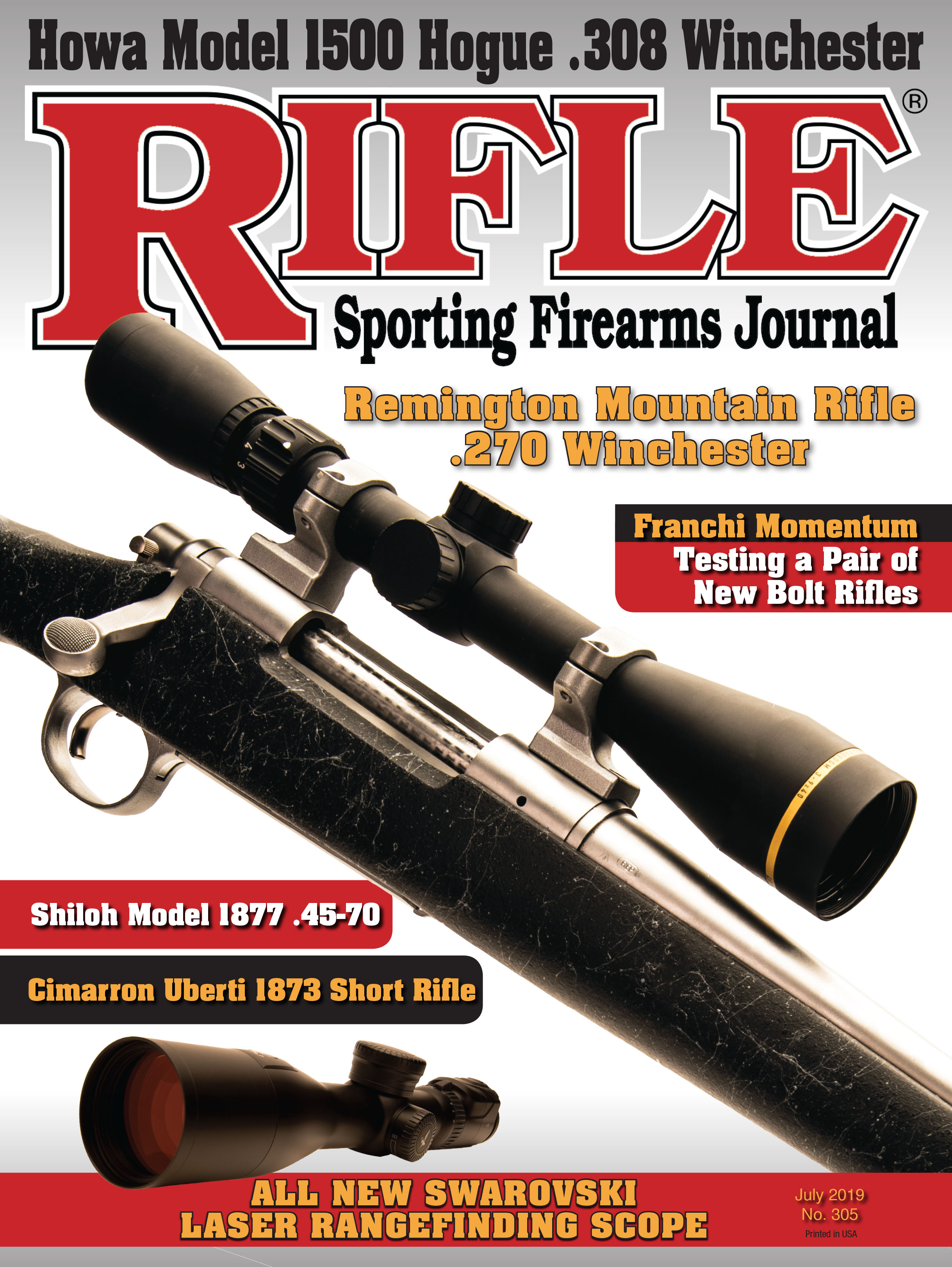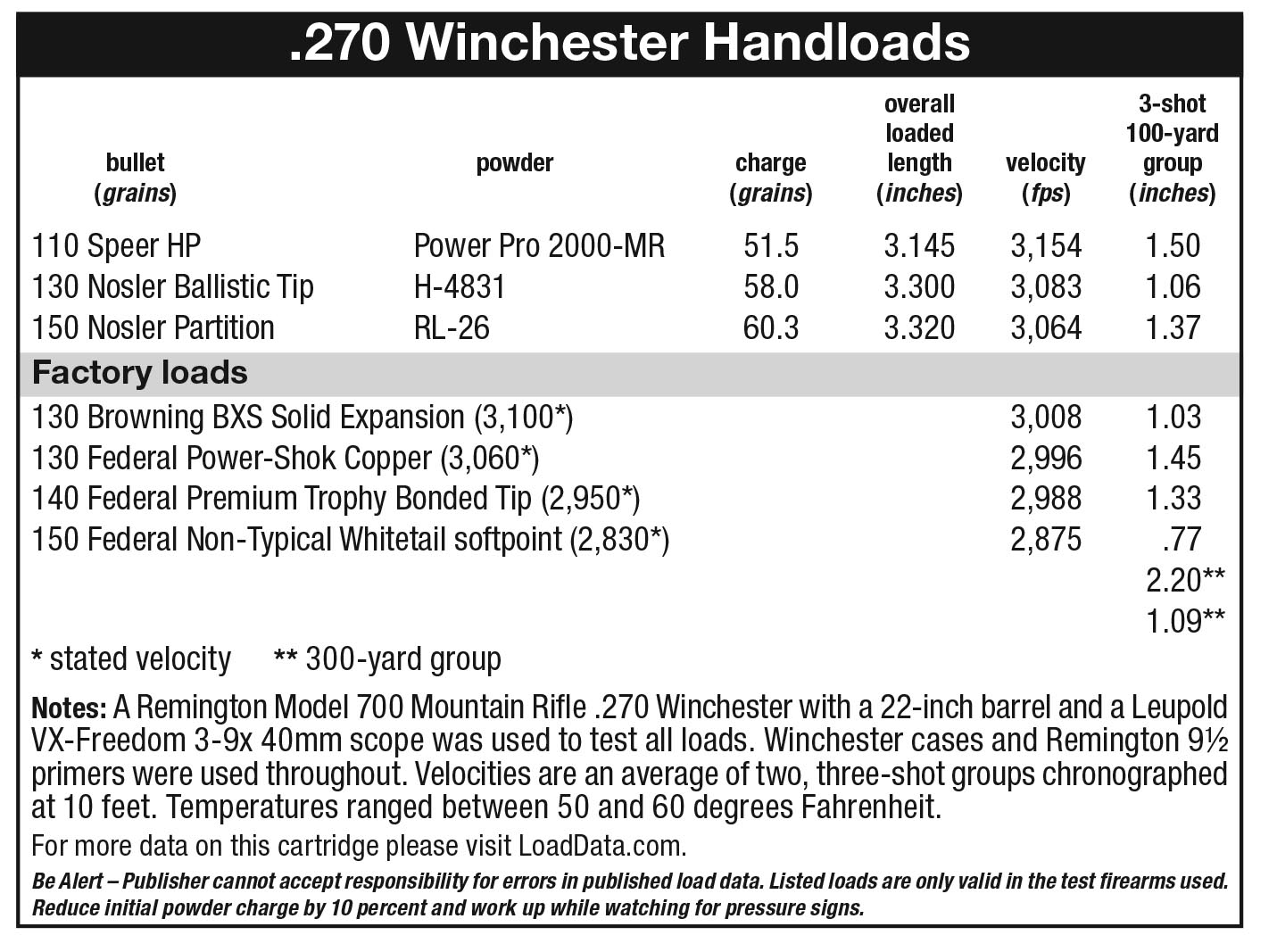Remington Mountain Rifle
Field-Testing a .270 Winchester
feature By: John Haviland | July, 19
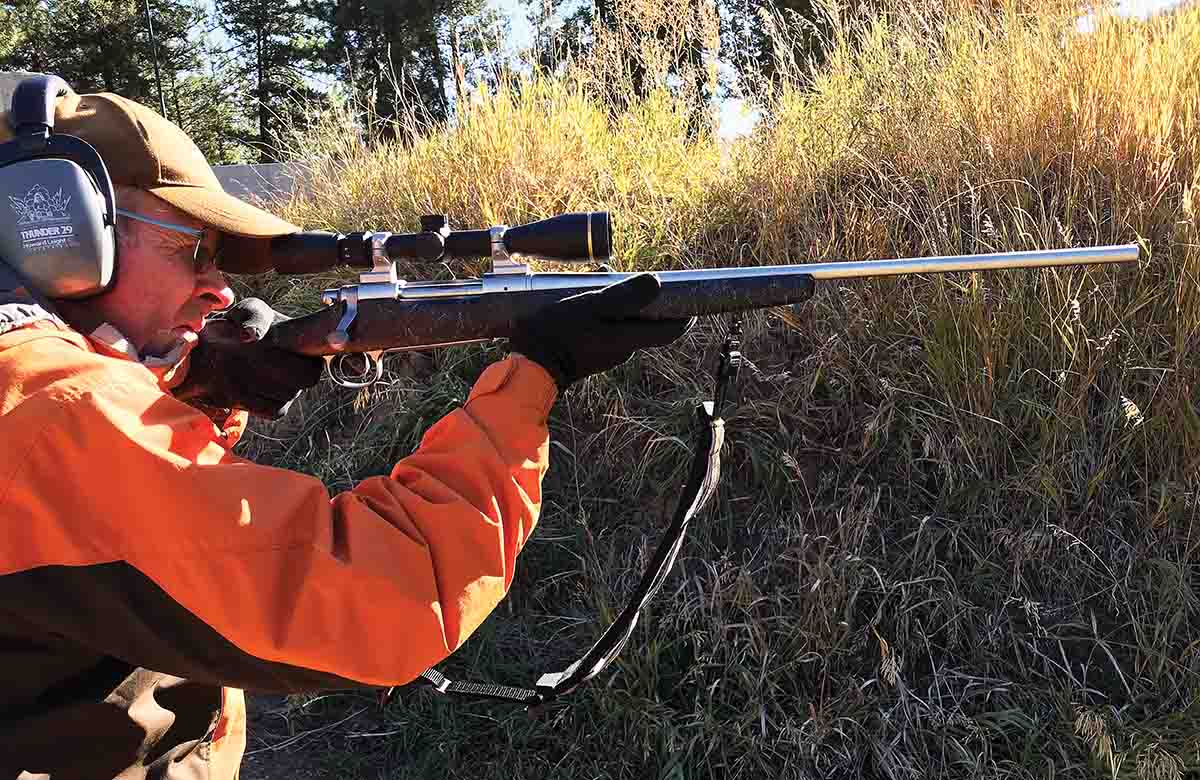
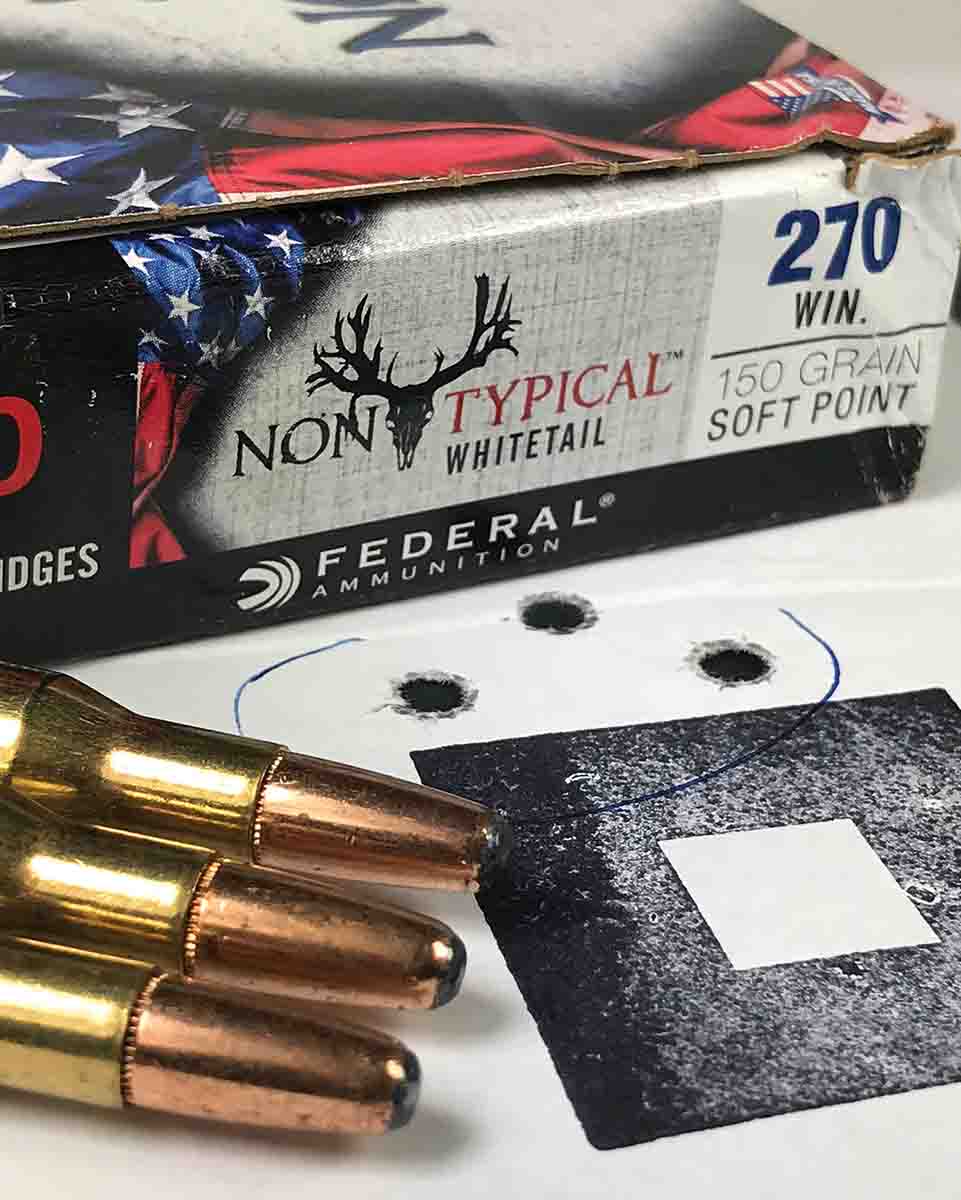
I shot my first deer in 1966 with a Model 700 BDL .30-06. My dad bought the used rifle north of town at a truck stop with a back corner stocked with rifles, ammunition and hunting gear. The rifle’s recoil beat me up, but I learned to shoot it. I headed up a foothill ridge one cold morning and shot a mule deer doe. My four brothers and I shared that rifle for years, and my youngest brother now calls the rifle “his.”
I’ve been shooting Model 700s ever since. If memory serves correctly, I‘ve shot 700s in .204, .223, .22-250, .250 Savage, .257 Roberts, .25-06, .257 Weatherby Magnum, .260 Remington, .270 Winchester, 7mm-08, .280 Remington, 7mm Remington Magnum, 7mm STW, 7mm Weatherby Magnum, 7mm Remington Ultra Magnum, .308 Winchester, .30-06, .300 Remington Ultra Magnum, .35 Whelen and a .50-caliber muzzleloader.
A Mountain Rifle from 25 years ago was one of the Model 700s I remember best. It was chambered in 7mm-08 Remington and had a walnut stock and blued steel. The rifle was fairly light with a thin 22-inch barrel, slim forearm and slender grip, and my young sons eagerly carried it when hunting deer, antelope and elk. In 2012, Remington introduced its current Mountain Rifle with a Bell & Carlson synthetic stock, nearly all metal constructed of stainless steel and a thin 22-inch barrel. Remington states the rifle weighs an average of 6.5 pounds chambered in .25-06 Remington, .270 Winchester, .280 Remington or .30-06 in a standard-length action, and 7mm-08 Remington and .308 Winchester in a short action. The Mountain Rifle I’ve been shooting is chambered in .270 Winchester.
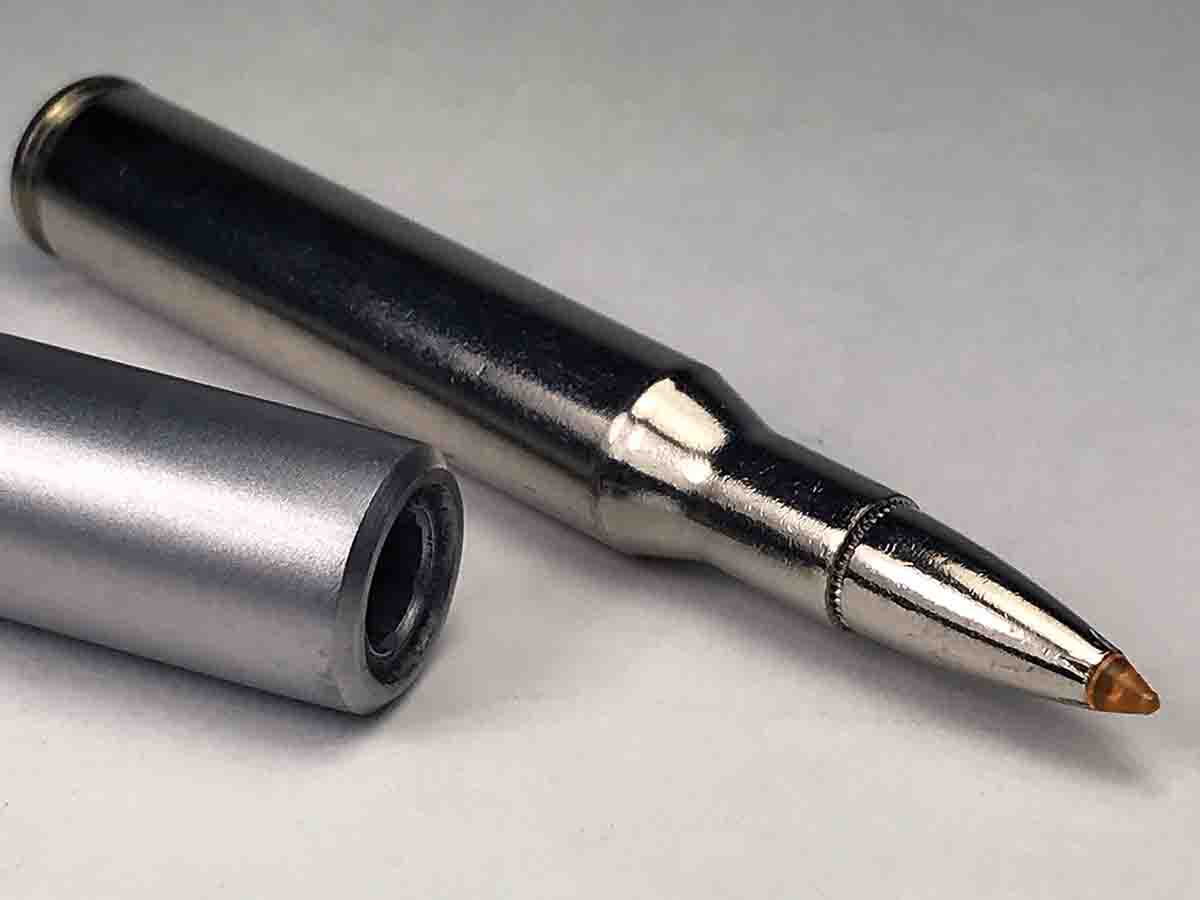
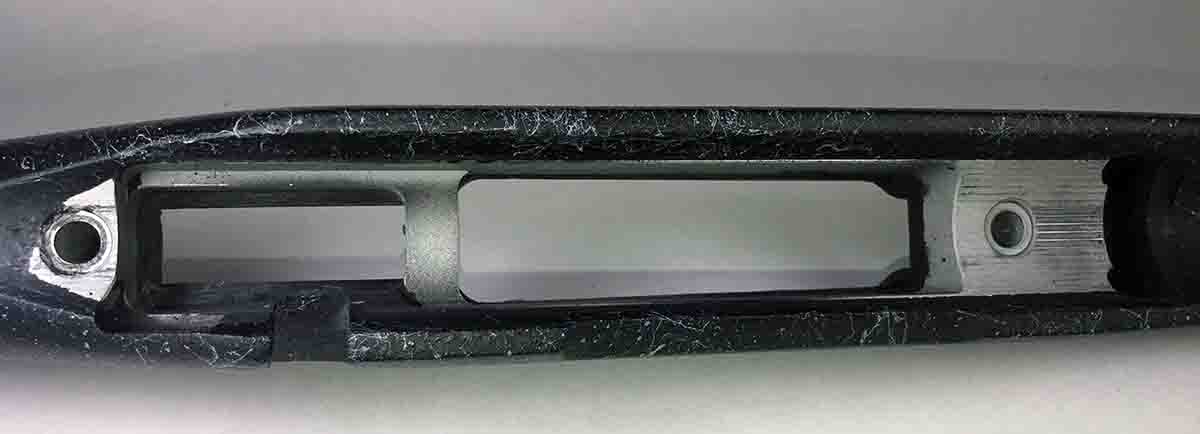
I never really noticed it before, but the Model 700 is a “cock-on-closing” action. Its bolt handle must be raised, the bolt slightly drawn back and then pushed forward for its firing pin to cock.
Mountain Rifles feature what Remington calls a “Mountain Contour” barrel. The barrel is thin with a .565-inch diameter at the muzzle. In comparison, the muzzle diameter is .652 inch on the barrel of a Model 700 BDL.
A look at the Mountain Rifle’s bore with a Lyman Borecam digital borescope showed a few shallow tool marks perpendicular to the bore. Mostly, though, the surface of the lands and grooves was smooth. Streaks of copper-fouling covered the rifling lands here and there after firing about 50 .270 cartridges. The fouling was easily removed by pushing a few patches wet with Montana X-Treme bore solvent through the bore and leaving the solvent to soak for a couple of hours before wiping it out.
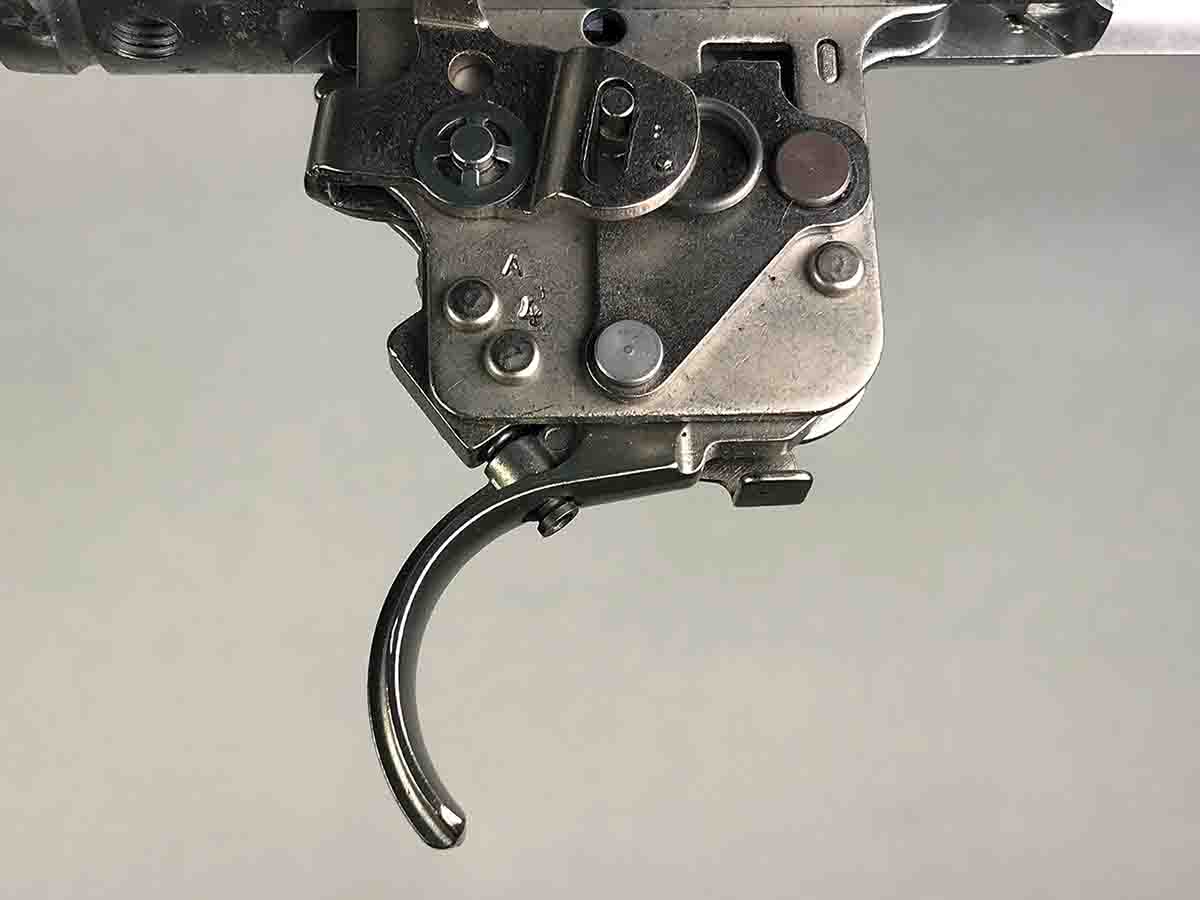
Remington’s original Mountain Rifle had a walnut stock. Next came a laminated wood stock that was strong although heavy for its size. A Bell & Carlson aramid fiber-reinforced stock is the current version. Aramid fibers are lightweight and durable. Among other things, aramid fibers are used to reinforce concrete and manufacture cables, tires and body armor.
The Bell & Carson stock is full-size and weighs 2 pounds with a .75-inch-thick Pachmayr Decelerator recoil pad. Its forearm is 10 inches long, 2 inches wide at the rear and nearly 1.30 inches wide and one-inch deep at the tip. There is no way my forward hand would ever reach that far forward, so I’d cut a good 3 inches off of it. The grip is too thick, about 1.60 inches wide and 5.5 inches in circumference. A stock made of aramid fibers should be strong in the grip, so if I was dictator, I’d reduce its circumference by about an inch. The comb is thick and rounded, and the cheekpiece helps cradle a shooter’s face.
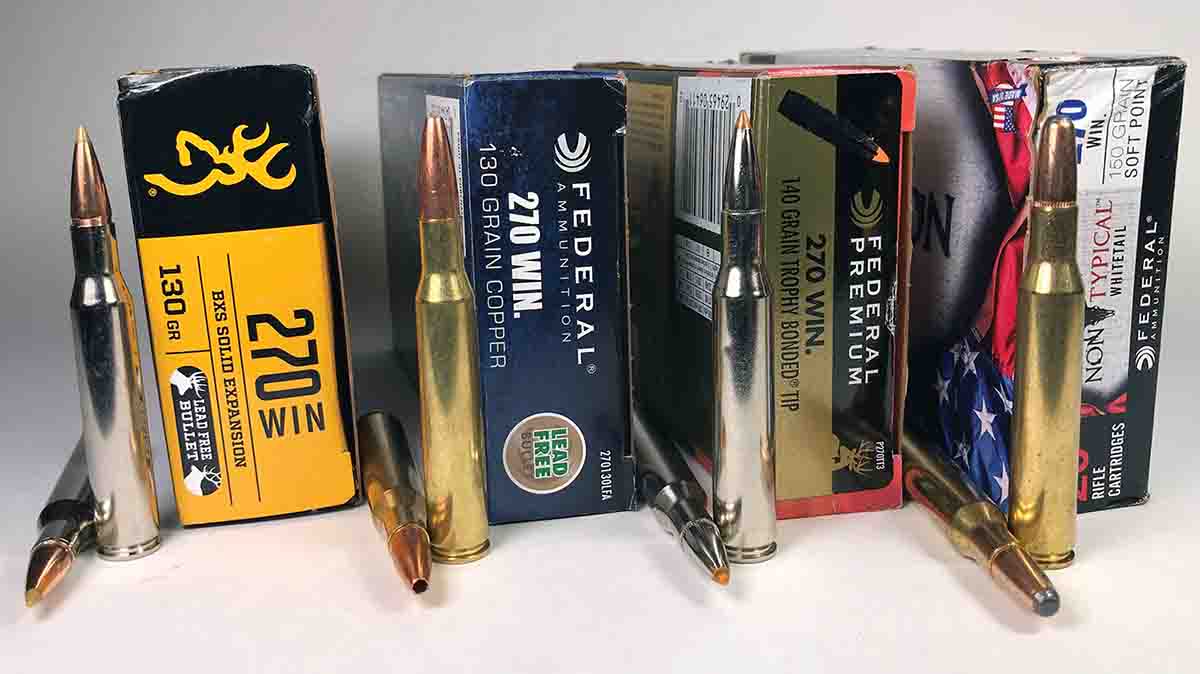
I mounted a Leupold VX-Freedom 3-9x 40mm scope in Remington-supplied medium scope mounts on the Mountain Rifle. The whole outfit weighed 7 pounds, 9 ounces.
I shot four factory loads and three different handloaded .270 cartridges with the rifle supported on a bench. The accompanying table lists the average size of two, three-shot groups fired at 100 yards.
Shooting the groups took hours. The first group from the nearly cold barrel was fairly tight. However, those three shots significantly heated up the skinny barrel, and three bullets from the second series of three shots often spread several inches.
The stock’s forearm is stiff, and there is little flex when it and the free-floated barrel are squeezed together. I thought the rifle might shoot tighter groups when the barrel was hot by placing a strip of bedding compound or a shim at the front of the stock’s barrel channel to put some upward pressure on the barrel to dampen some of the vibration.

To determine if that would help, I placed a plastic card between the tip of the barrel channel of the Mountain Rifle’s stock and barrel. From a fouled and cold barrel, three Nosler 130-grain Ballistic Tip bullets loaded over 58.0 grains of H-4831 formed a 1.20-inch group at 100 yards. After the barrel had cooled for a few minutes, three more bullets landed in 2.57 inches.
I removed the shim and shot the same load after the barrel had completely cooled. The first group measured 1.82 inches. After the barrel had cooled for a few minutes, a second group measured 2.66 inches.
I followed the same procedure shooting Federal Premium .270 cartridges loaded with Sierra 150-grain GameKing BTSP bullets. With the shim in place, the first group measured 1.32 inches and the second 4.0 inches. With the shim removed, the first three bullets landed in 2.48 inches and the second measured 4.30 inches. There really was not much difference between groups shot with a shim in place or not.
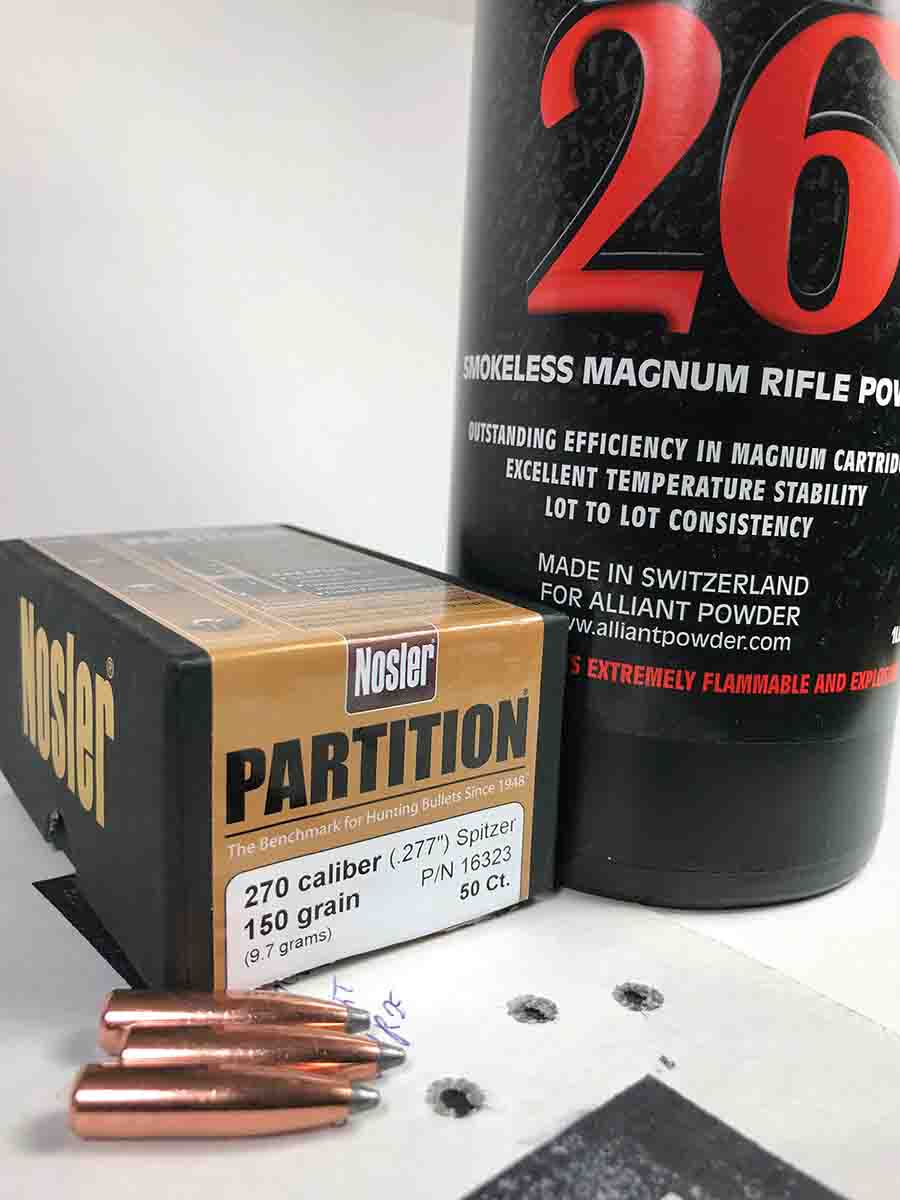
All the loads listed in the table were fired without a shim, and the barrel was allowed to cool for 20 minutes between groups.
The Mountain Rifle shot the best with Federal’s Non-Typical ammunition. The Non-Typical’s 150-grain softpoint/roundnose bullets are somewhat unusual for the .270, which is mainly thought of as a long-range big-game cartridge loaded with sharp-pointed bullets. Non-Typical loads shot so well at 100 yards, I also tried them at 300 yards. The first three bullets landed in a 1.09-inch circle. I thought that had to be a fluke. I returned to the Mountain Rifle half an hour later and fired three more bullets. They formed a 2.20-inch group.
All this shooting indicates the Mountain Rifle delivers more than adequate hunting accuracy with the first three bullets fired from a cold barrel. The rifle always fired its first bullet where it was aimed, no matter if the barrel was clean and lightly oiled, fouled, or left fouled for a few days.
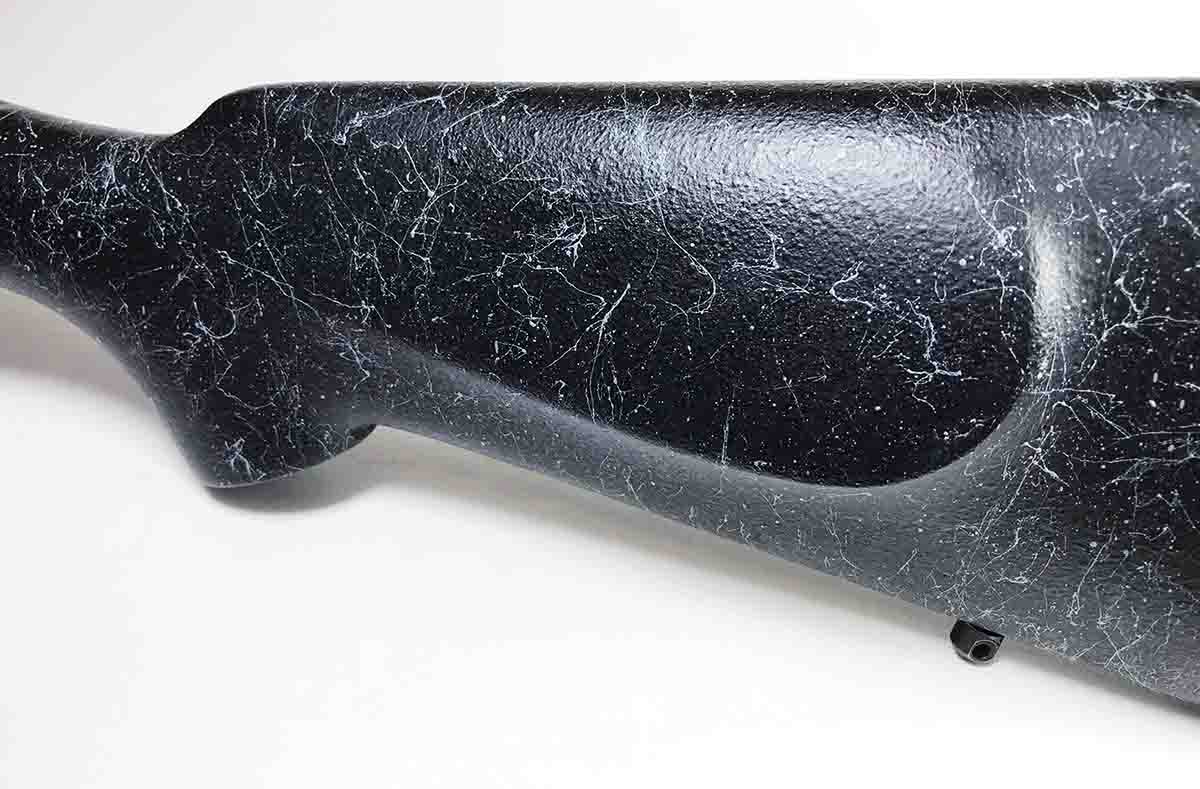
Handloaded .270 Winchester cartridges didn’t kick all that much. Still, recoil adds up when shooting 40-some cartridges. The wide surface area of the butt, comb, cheekpiece and forearm of the Mountain Rifle’s full-size stock spread the recoil over much of my body.
Before opening day of elk season, I adjusted the Leupold scope for the rifle to fire Nosler 150-grain Partition bullets with a muzzle velocity of 3,064 fps 2 inches above aim at 100 yards.
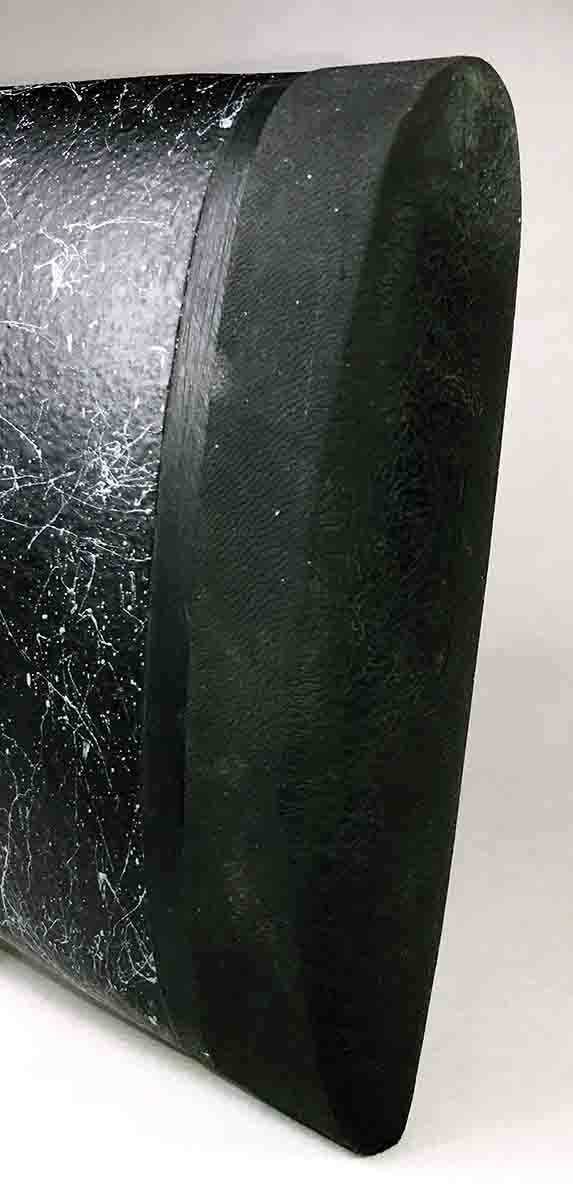
I carried the Mountain Rifle for five days during a hunt for cow elk but never did see one. The Mountain Rifle was light on a sling over my shoulder while hiking in the rough country. The 22-inch barrel made it easy to duck under overhanging branches, but I carried the rifle in my hands when pushing through doghair thickets. Dead branches and rose thorns that scratched my hands slid off the rifle’s stock. I came to really like the rifle after carrying it miles up and down the mountains. It wasn’t particularly light nor heavy. Let’s say it was just the right weight.
I sat on a rise and glassed the country. Building dark clouds blotted out the evening sun and the temperature started to drop. Tendrils of snow trailed across the higher peaks at sundown. By morning, snow would fall across the mountains and the Remington Mountain Rifle would be ready for that fine elk-hunting weather.


